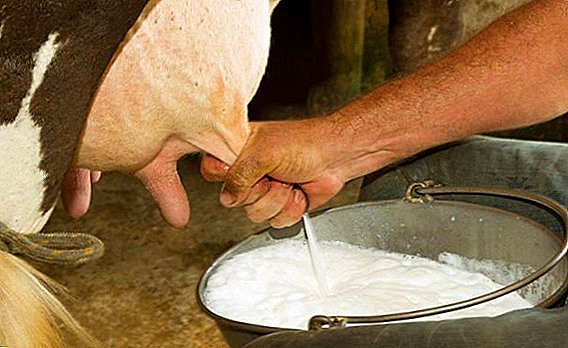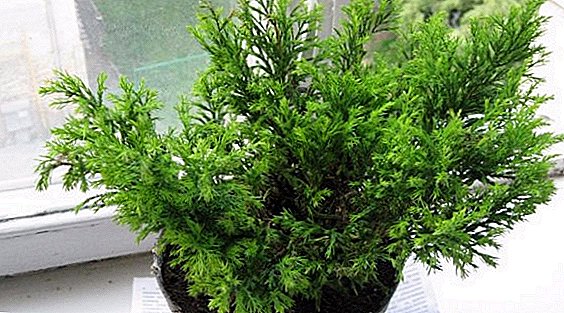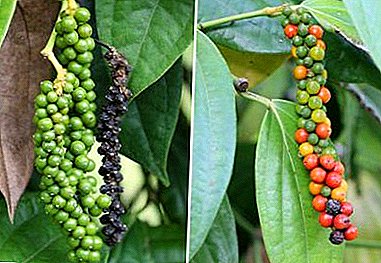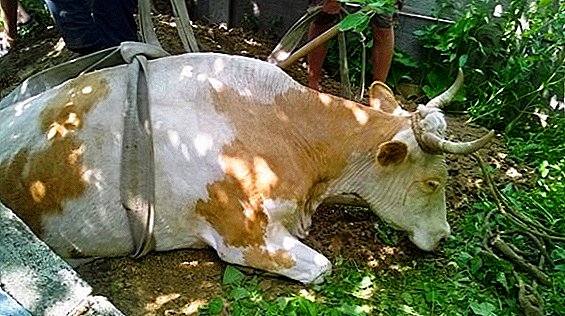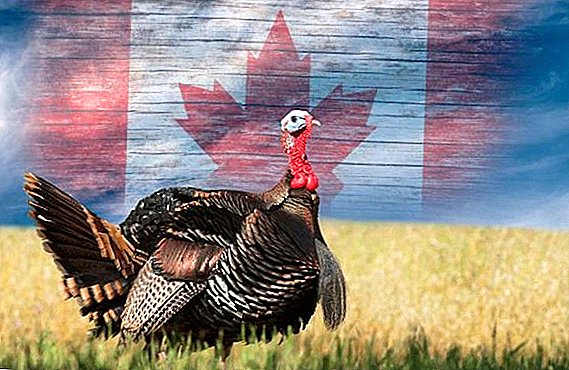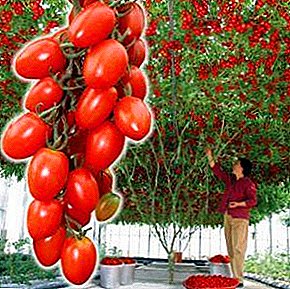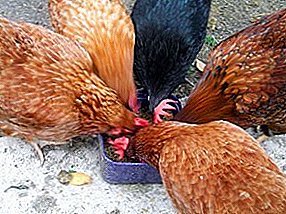
Feeding chickens throughout the year is different. The diet in spring and summer, in the fall during the period of molting or short winter days should be adjusted.
Seasonal feeding of chickens allows for high productivity and proper development of poultry.
Watch how chickens react to diet changes. Provide the correct mode of feeding of a bird.
In addition to the quality and quantity of feed, pay attention to the temperature, the duration of daylight hours, the amount of time allowed for free range.
Feeding chickens in spring and summer
 With the onset of heat, chickens begin to bear eggs vigorously. They need the maximum variety of diet.
With the onset of heat, chickens begin to bear eggs vigorously. They need the maximum variety of diet.
A good help in providing the bird with nutrients is the newly appeared opportunity to walk to the compound.
The larvae, earthworms, midges and the first grass make it possible to compensate for the deficiency of vitamins formed during the winter. No matter how well the host cares about his chickens, in winter it is more difficult to maintain a balance in the diet.
Approximate ration for laying an egg line for spring and summer:
- cereals (wheat, barley) - 45g;
- mealy feed (bran, oatmeal) - 20g;
- leguminous crops (peas, maize) - 5g;
- fresh greens, root vegetables, potatoes - 55g;
- bone meal, animal feed - 5g;
- protein vegetable feed and food additives (cake, meal, fodder yeast) - 7g;
- lactic products (cottage cheese, yogurt) - 10g;
- ground chalk or shells - 3g;
- salt - 0,5g.
 Layan Brown are popular. You may be interested in their high performance characteristics.
Layan Brown are popular. You may be interested in their high performance characteristics.Chicken Zelenonozka are one of the rarest breeds. About it is written in detail here: //selo.guru/ptitsa/kury/porody/yaichnie/zelenonozhka.html.
Approximate ration for laying of meat lines for spring and summer:
- cereals - 50g;
- animal feed, fish and meat-bone meal - 6g;
- yeast, cake, meal - 8g;
- green fodder, vegetables, root vegetables - 60g;
- bran, flour milling production -25g;
- grain-leguminous crops - 5g;
- shell dust, ground chalk - 3g;
- table salt - 0.5 g.
During the autumn molt
 Every autumn there is a change of plumage. During this period, the body becomes weaker, metabolism deteriorates.
Every autumn there is a change of plumage. During this period, the body becomes weaker, metabolism deteriorates.
The faster the molt will end, the less loss in bird productivity you will feel. Normally, this process takes from 1.5 to 2 months. Balanced nutrition will support the bird.
Experts recommend:
- increase the proportion of protein feed;
- give more animal feed (earthworms, meat waste);
- to enrich feed mixtures with vitamins;
- increase the percentage of succulent feed (grass, tops, vegetables, root crops).
Be sure to include in the diet:
- fresh cottage cheese and back;
- crushed egg shells;
- ground shell and chalk;
- green legumes;
- beet tops and cabbage leaves;
- red carrots, pumpkin, boiled potatoes, squash and pumpkin seeds.
Yeast feed and feeding the sprouted grain to the bird gives a good effect.
 During the molting period, feed the bird 3-4 times a day:
During the molting period, feed the bird 3-4 times a day:
- 1st morning feeding. Give 1/3 of the daily norm of grain;
- 2nd feeding. After 2 hours, prepare the wet mash with the addition of a vitamin complex and mineral feed. Make sure the mass is not sticky. Chickens should peck the entire mixture for 30-40 minutes;
- 3rd feeding. In the evening. Bird give grain.
During the day, dry mix is gradually filled into the feeders. Do not overfeed during autumn molting. Food should be high-calorie, but juicy.
Increasing the proportion of cereals by reducing the amount of greens or vegetables is not recommended. Indicators of egg production will deteriorate, the bird will become fat.
Diet in winter
 The main task is to provide the bird with energy.
The main task is to provide the bird with energy.
A rich diet with a significant proportion of proteins and carbohydrates will help to survive the cold.
In the house keep the temperature at + 7C ... + 12C. Warm the room, lay straw or sawdust on the floor.
Be sure to germinate part of the grain. So its energy value increases. Before consuming non-sprouting cereals, steam them. So the grain is better absorbed.
Spend yeast grain. Yeast is rich in protein. Run yeast simply:
- dissolve in 1,5l of warm water 30g of fresh yeast;
- in flour in the amount of 1 kg pour the yeast mixture, mix and remove into heat for 9 hours;
- Add the finished feed to the wet mash. Norm - up to 20 g per day for 1 head.
Vitamins
 In winter, add grass and pine flour to your normal diet. You enrich the diet of chickens with vitamins. The oil solution of vitamin A and E is irreplaceable. Fish oil is useful at the rate of 1 g per head.
In winter, add grass and pine flour to your normal diet. You enrich the diet of chickens with vitamins. The oil solution of vitamin A and E is irreplaceable. Fish oil is useful at the rate of 1 g per head.
Be sure to buy a fat soluble vitamin D2 or D3 concentrate. A minimum of sunlight weakens the bones, interferes with the ripening of a strong shell. Vitamins of group D will allow to avoid unpleasant symptoms, deficiency of calcium and phosphorus. Strictly follow the instructions and do not exceed the amount of vitamins per 1 kg of feed.
Succulent feed
Hang cabbage leaves or beet tops on the walls of the coop. Let's get more juicy feed. Useful: pieces of pumpkin, beet, swede, carrot.
Potatoes
In winter, increase the number of boiled potatoes. At 1 his head will need up to 100g. The starch contained in the potato, after consumption, begins to turn into glucose and provides the body with energy.
Wet mash
In winter, prepare the mash on skimming or warm water. For 1 head, you will need 65g of grain, 7g of grass meal, 10g of flour waste, 100g of boiled potatoes, 6 mineral feeds.
Remember about salt (0.5g). It is dissolved in warm water. Chlorine elements and sodium contained in salt increase appetite and regulate vital processes.
Mashhank laid out in small portions at the feeders. So the mass will not harden and not stick together.
Approximate diet for hens of egg breeds for the winter:
- cereals - 55g;
- boiled potatoes - 100g;
- wet mash - 30g;
- cake, meal - 7g;
- yogurt - 100g;
- bone meal, meat waste - 2g;
- ground shells or chalk - 3g;
- grass, hay or coniferous flour - 5g;
- salt - 0,5g.
In the winter ration of layers of meat breeds there are small differences. Cereals will need 60g, grass meal 10g, grain beans and oilcake need 1g more for each bird.
As in the summer, there should be fine gravel in the feeders. Be sure to give the hens wood ash. It should be cleaned of coal and impurities. Do not feed the chickens ash of grass plants.
Learn the features of feeding birds at different times of the year. Prepare vitamin feed, hay, vegetables, roots for the winter. Do not overfeed chickens. D
Even in the winter period, it is necessary to increase the energy intensity of the feed due to their quality. Knowledge of the rules of seasonal feeding of chickens will help to maintain performance at the level of the warm period.


